Sustainable Paper: Why Producing with The Bernard Group is Eco-Friendly
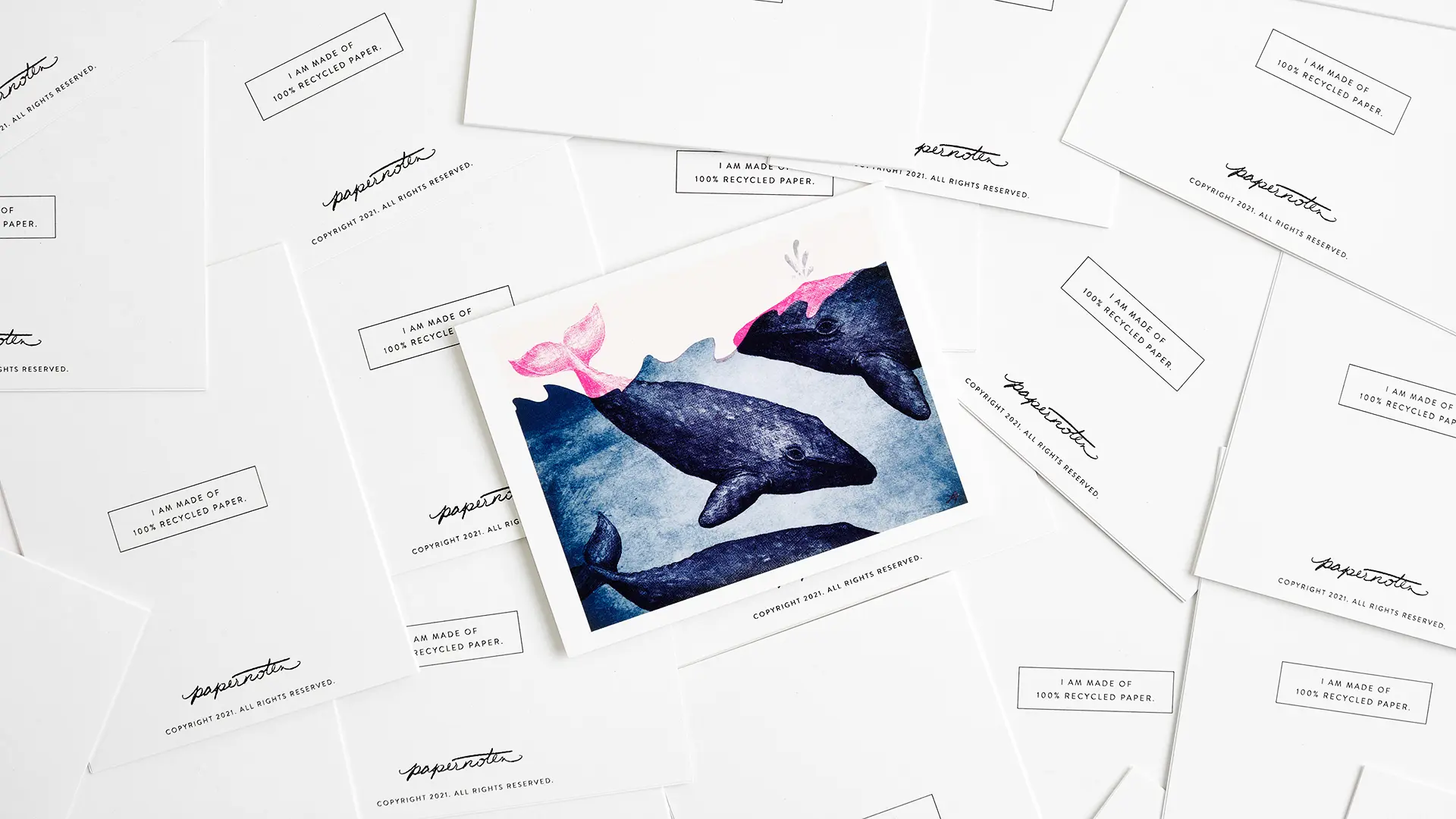
Printing can get a bad rap. Naysayers argue it’s not sustainable and it’s cutting down all our trees. Those things may have been true at one time, but fortunately, times (and processes) have changed. Majorly. With an eco-friendly manufacturer like The Bernard Group, you get to partner with the planet to print projects on sustainable paper like hemp or stocks that have been sourced responsibly from thriving forests.

Paper Sustainability
As a visual merchandising company that focuses on decreasing our environmental impact, we’re proud to offer sustainable paper that does just that. We’ll break down the basics so you can feel good about your printing plans with us.
Much more sustainable than you might think, paper comes from wood, a natural and renewable material. As young trees grow, they absorb CO2 from the atmosphere, and as a wood product, paper also continues to store carbon throughout its lifetime.
Paper is one of the few truly sustainable products and one of the most recycled products in the world. But don’t just take our word for it. We turned to the experts for proof.
Wood
According to Two Sides, paper “is a material whose industry grows and regrows its own feedstock (wood fiber), derives most of the power to drive its processes from carbon neutral biofuel and recycles more than 95% of the chemicals it uses to turn trees into pulp. This is a description of some of the world’s most sustainable products.”
They go on to describe the bioeconomy of this supply chain: “The paper and wood products industry is inherently circular, from the regeneration of renewable resources (trees) that supply fiber to recycling packaging and paper that’s recovered and turned into new products. The forest products sector is central to the ongoing transition to a low-carbon and circular future rooted in renewable, natural resources.”
Water
Something else to consider in the paper production process? Water. Debunking the myth that going paperless saves forests, Two Sides once again spells it out:
“Paper production is dependent on water, yet relatively little is consumed. Water use by pulp and paper mills does not equal water consumption. Most water drawn from the environment is recycled multiple times, cleaned and returned to the source.
“While pulp and paper manufacturing requires a lot of water, 90% of it is returned to the environment in a manner that conforms with water quality criteria in North America. Water is used efficiently within mills, with each gallon of water being used more than 10 times before being returned to the receiving environment.”
Note: At TBG, our printing presses are digital, and therefore waterless, saving thousands of gallons of water per year. In fact, none of our production processes use water as a consumable material. And as a Minnesota-based company, we’re proud this helps keep our local lakes pristine and beautiful!
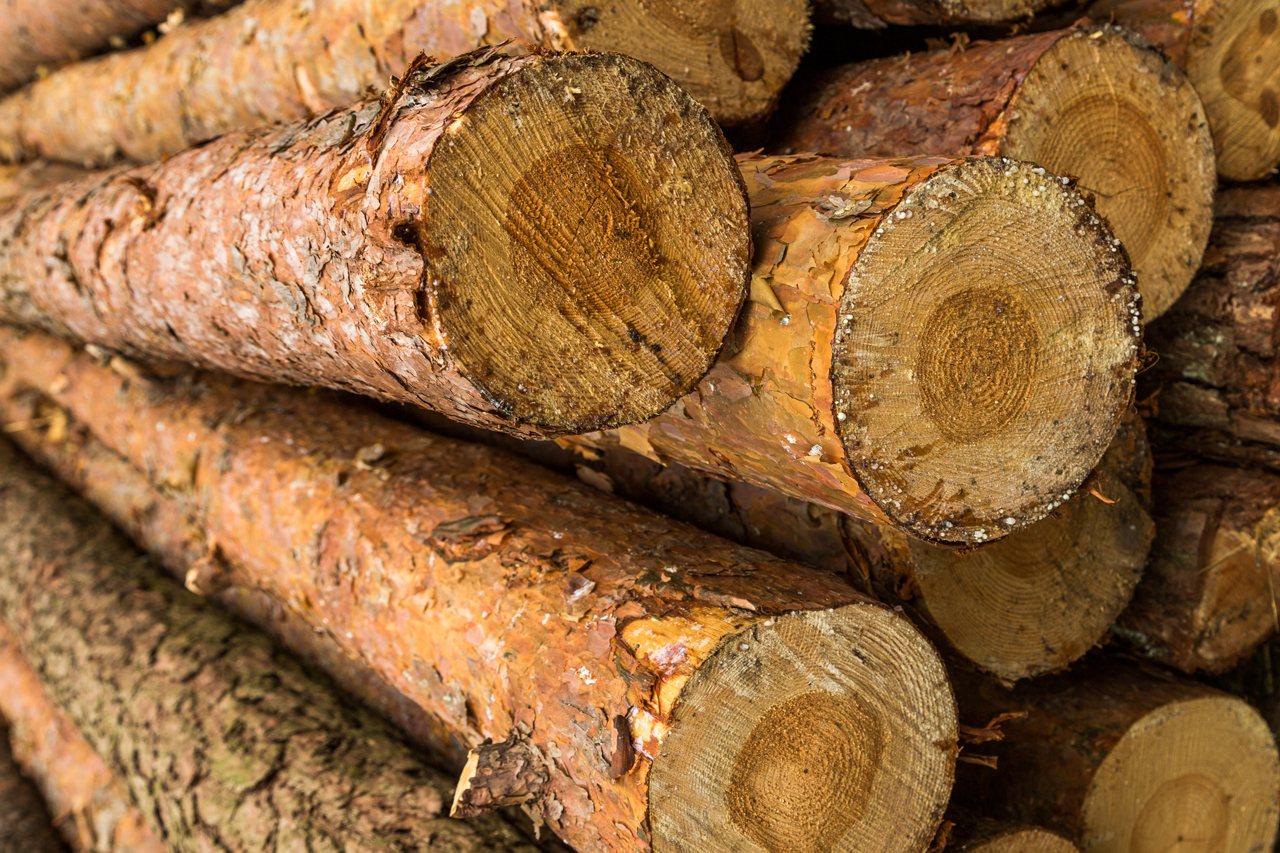
Paper Has Power
Sappi North America’s Forestry Certification Manager Rebecca Barnard puts paper’s potential in the spotlight:
“Wood fiber can be procured from known, non-controversial sources and harvested in ways that support long-term forest sustainability by protecting soil and water quality, enabling successful natural regeneration, enhancing or responding to forest health conditions [and] conserving and promoting biodiversity,” she said.
Barnard also states that proper forest harvesting promotes sustainability by “enhancing wildlife habitat, mitigating against wildfire risk, providing quality recreational opportunities, supporting vibrant rural communities and good paying jobs, helping to meet landowner goals and providing revenue for re-investment in the forest.”
“In North America, we grow many more trees than we harvest.”
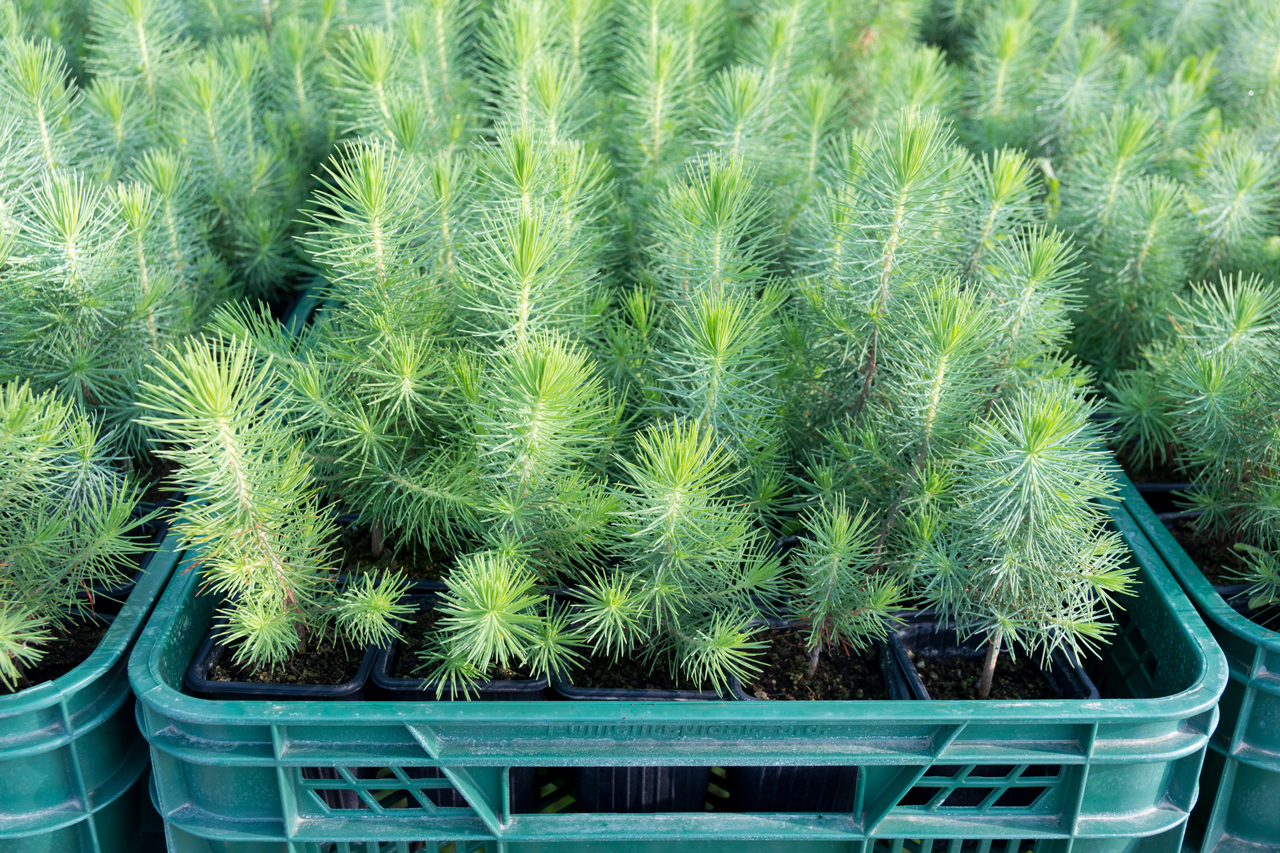
Sustainable Forests
All this talk of wood means we have to talk forests, too. Eco-friendly printing is only possible with healthy, strong forests – about 750 million acres of them in the United States, to be exact.
Two Sides gets at the heart of a common argument against printing: “Paper products manufactured in the United States and Canada come from sustainably managed forests in North America – these forests are not disappearing.”
In fact, they maintain that “net forest area in the United States increased by approximately 18 million acres between 1990 and 2020, while Canada’s net forest area was stable between 1990 and 2020 at approximately 857 million acres.”
They conclude: “In North America, we grow many more trees than we harvest. Forests are a renewable resource that is continuously replenished using sustainable forest management.”
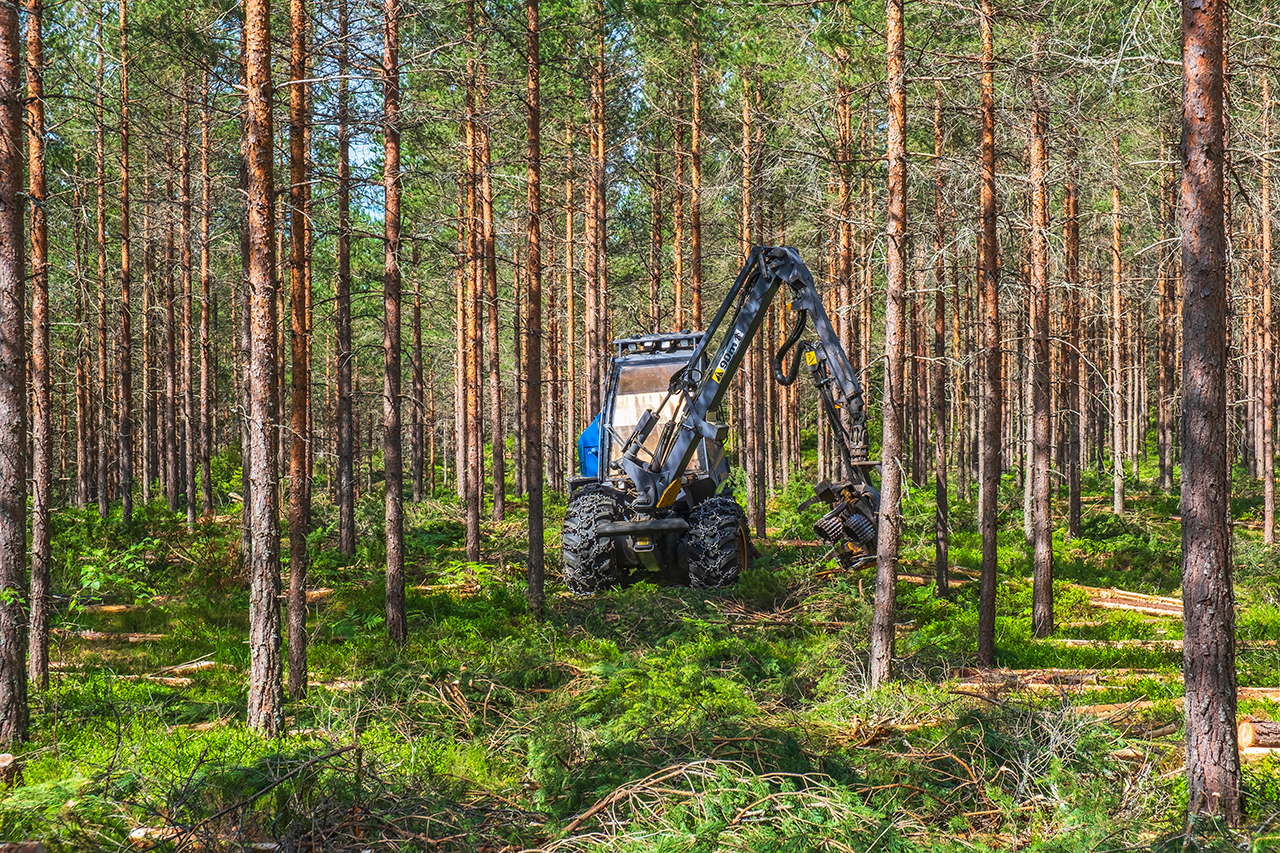
Forest Financials
There’s an economic motivation in all this, too. Two Sides explains: “The demand for sustainably sourced paper and paper-based packaging creates a powerful financial incentive for landowners, not only to manage and harvest their land responsibly, but also keep it forested rather than converting it to non-forest uses, one of the real documented causes of forest loss.”
Office paper manufacturer Boise Paper says that with “over 91% of wood harvested in the U.S. from privately owned lands (10 million people in the U.S. own family forests),” what happens is “many of these landowners rely on sustainably harvesting a portion of their forest to earn an income. If these families cannot earn a living from their forests, there’s a good chance they’ll cut them down for farmland or real estate development.”
Two Sides puts it simply: “The income landowners receive for trees grown on their land encourages them to maintain, sustainably manage and renew this valuable resource.”
According to AgHires, the by-products of that renewal are two-fold: “Tree farms don’t only provide wood for construction, paper and other wood products, [but also] a valuable habitat for wildlife and birds, as well as oxygen and help improve the environment and clean the air from pollution.” Plus, “forests provide over 900,000 jobs in the U.S.”
“Our forests are well-managed and here to stay.”

Forest Management
Just like any ecosystem, forests need the right environment to thrive. No matter how much experience you have, creating and maintaining that can be a challenge for any landowner, which is why the American Tree Farm System (ATFS) is a green game-changer.
Administered by the American Forest Foundation (AFF), “the program is specifically geared toward supporting and assisting private landowners with the long-term sustainable management of their land,” says Barnard.
“This program helps ensure sustainable timber supply to local mills, quality wildlife habitat and biodiversity, clean water through the application of Best Management Practices (BMPs) to protect soil and water quality and quantity and much, much more.”
She affirms “the commitment to sustainable forestry is strong throughout all of North America. This culture of conservation and responsible multiple-use is strongly ingrained in landowners, managers, loggers, foresters, biologists, companies and the general public. Our forests are well-managed and here to stay.”
Wood products council WoodWorks backs up Barnard, saying, “Responsible forest management in North America has resulted in more than 50 consecutive years of net forest growth that exceeds annual forest removals.
“This track record of annually growing more wood than is harvested has continued despite increasing demands and growing populations. It is a testament to North America’s leadership in forestry practices and sustainability.”
Forest Certification
We’d be remiss to mention forests without mentioning Forest Stewardship Council (FSC) certification. It’s the gold standard in sustainable printing and recycled products. When you see the FSC label, you know your paper stocks (or their recycled content) are verified.
As part of our ever-growing online printing services, TBG is in the process of exploring more certification opportunities with the FSC and Sustainable Forestry Initiative (SFI) so we can offer even more green paper options. And it’s not just the paper itself that can be certified – we’re talking entire forests!
WoodWorks’ “Sustainable Forestry in North America” states, “The U.S. and Canada have world-leading forest management practices and the quality of these practices has been verified by a host of independent sources. There are more than 480 million acres of third-party certified forests in the two countries, representing over half of the world’s certified forests.”
WoodWorks notes that North American forests are certified through four main programs:
- American Tree Farm System (ATFS)
- Canadian Standards Association’s Sustainable Forest Management Standard (CSA)
- Forest Stewardship Council (FSC)
- Sustainable Forestry Initiative (SFI)
What’s the certification process like? WoodWorks details that, too: “Certified forests undergo annual inspections to verify that global standards of responsible forest management are being followed, including protections for wildlife habitat, water and soil resources and many other environmental safeguards.
“Certification standards also address the risks of illegal practices, assurance of worker safety, fair labor practices and other social and community considerations.”
Barnard goes on to explain another crucial element of the process: “[These] certification standards require all harvested areas be reforested through either natural or artificial planting efforts and that adequate restocking levels be reached within three years of the harvest, unless delayed by forest health or natural disturbance events outside the manager’s control.”
Bottom line? This mandatory regeneration ensures forest longevity, which is why WoodWorks can confidently say, “North America has more certified forests than any other jurisdiction.”
“Farmers do not have to use chemicals to manage their crops when they grow hemp.”
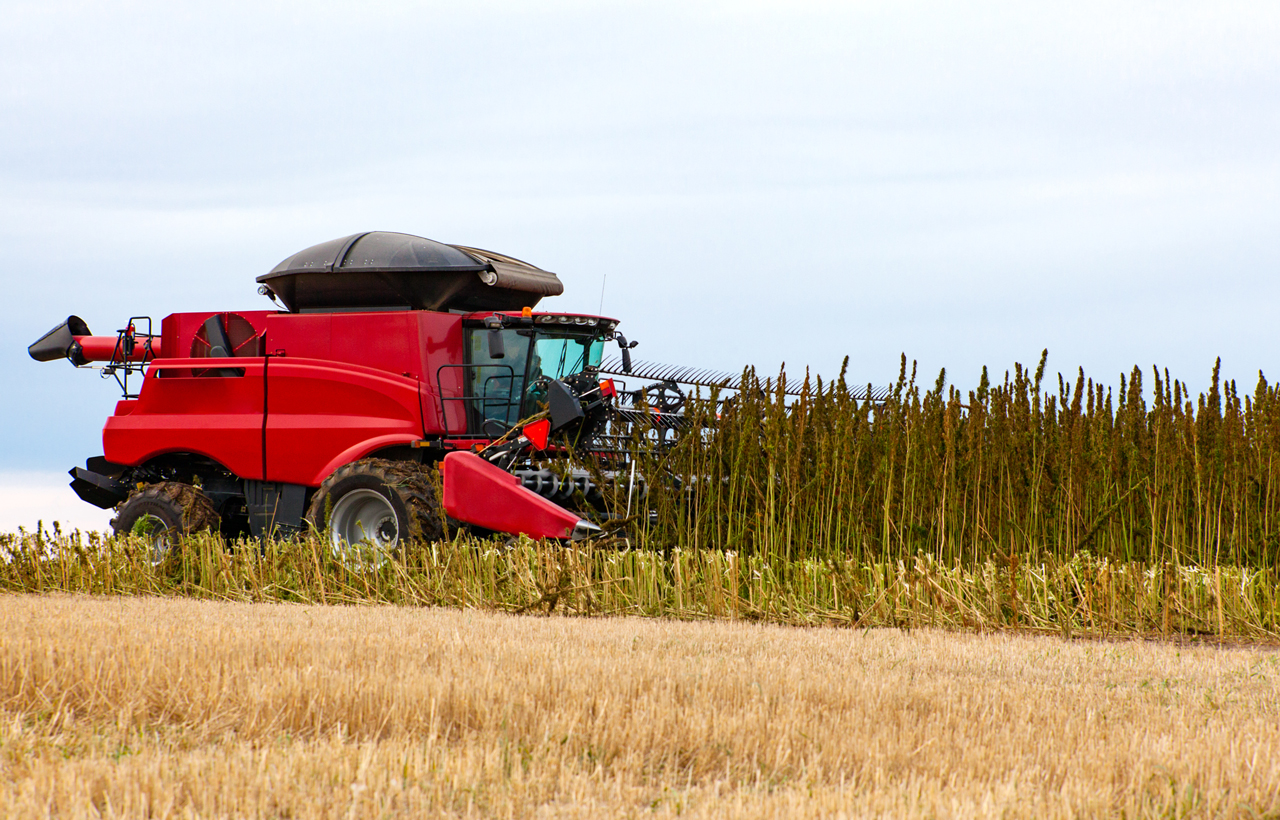
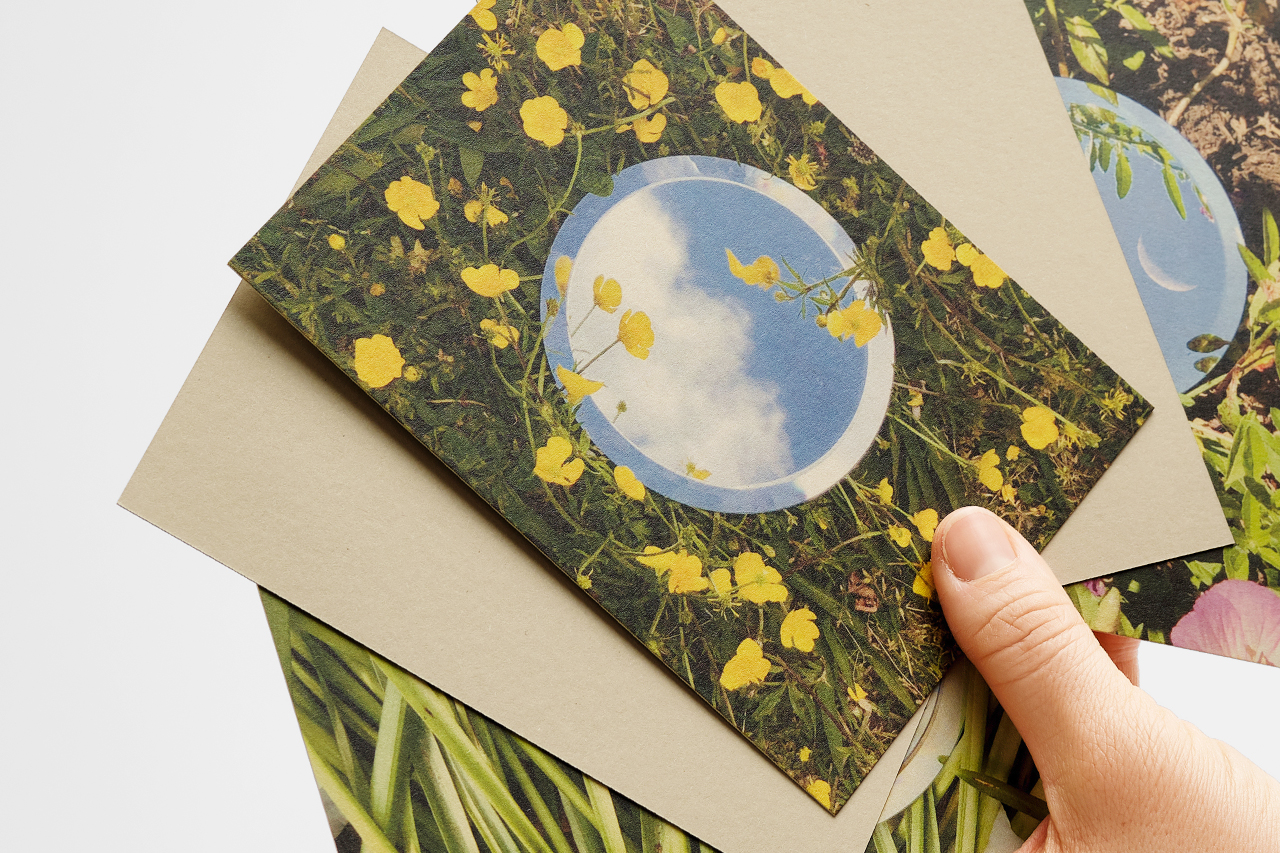
Hemp Paper & Recycled Stocks
TBG offers a wide range of eco-friendly and recycled paper stocks. Hemp, the latest addition to our sustainable paper selection, features 30% hemp fibers, 40% recycled fibers and 30% FSC certified virgin pulp. Sourced sustainably through conscious growing practices, it’s a great alternative to Kraft paper and available on nearly 20 of our small format products.
Hemp products producer Evo Hemp explains just how sustainable hemp really is: “Hemp paper can be recycled seven to eight times [and] the plants themselves grow much more quickly and densely than trees: one acre of hemp can produce the same amount of paper as four to 20 acres of trees in a 20-year period.”
They also note that “hemp paper is more durable and holds its color and texture much longer than tree-based paper,” which is a huge win for your marketing postcards, custom cards and personalized invitations.
Get Green Now dives a little deeper into the benefits of hemp: “Industrial hemp fiber can be grown in smaller spaces and less expensively than the wood fiber used to make paper. Even better, hemp paper is recyclable for far longer than paper created from the wood of trees – wood pulp paper can typically [only] be recycled up to three times.”
They also note another impactful difference: “The use of chemicals, pesticides and fungicides have a disastrous effect on the environment, including soil, water and air contamination, reduction of biodiversity and resulting illnesses. Planting and harvesting industrial hemp eliminates the use of chemical controllers [since it] is highly resilient and naturally resistant to fungi, insects and diseases. Thus, farmers do not have to use chemicals to manage their crops when they grow hemp.”

More Recycled Options
We know green printing options are essential, so we make it easy for you to make eco-friendly choices with other paper that’s completely or partially certified by the FSC, from felt weave to linen and more. (Hint: Compare all of our paper stocks with this handy chart.)
Specialty papers manufacturer BPM breaks down the gains of going green, saying a recycled stock is “an eco-friendly choice because it’s re-made from used paper (post-consumer waste, or PCW) that has been re-purposed at a recycling facility. This can include someone’s copy paper, direct mail, envelopes, statements, shredded materials and other recycled papers.
“The benefits of using 100% recycled copy paper is the ‘closing the loop’ process, which diverts used paper waste from landfills and returns it to the paper manufacturing stream. This process saves greenhouse gas emissions, wastewater, net energy and trees.”
Hint:
See how we go beyond sustainable paper:
FEATURED DESIGNS
Whale Greeting Card Design by Lindsey Aarts, Papernoten
Mirror Hemp Card Design by katetorg.com